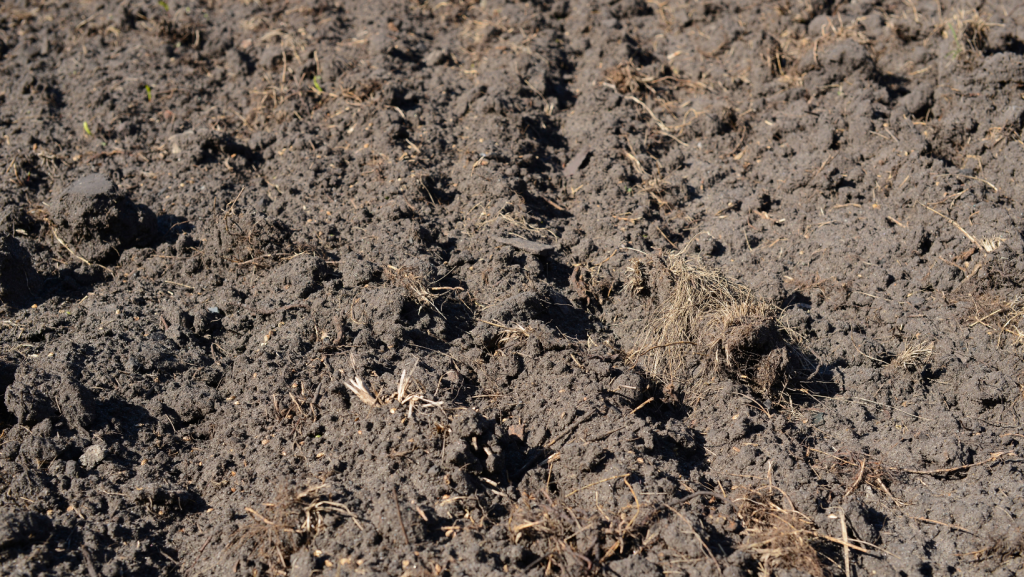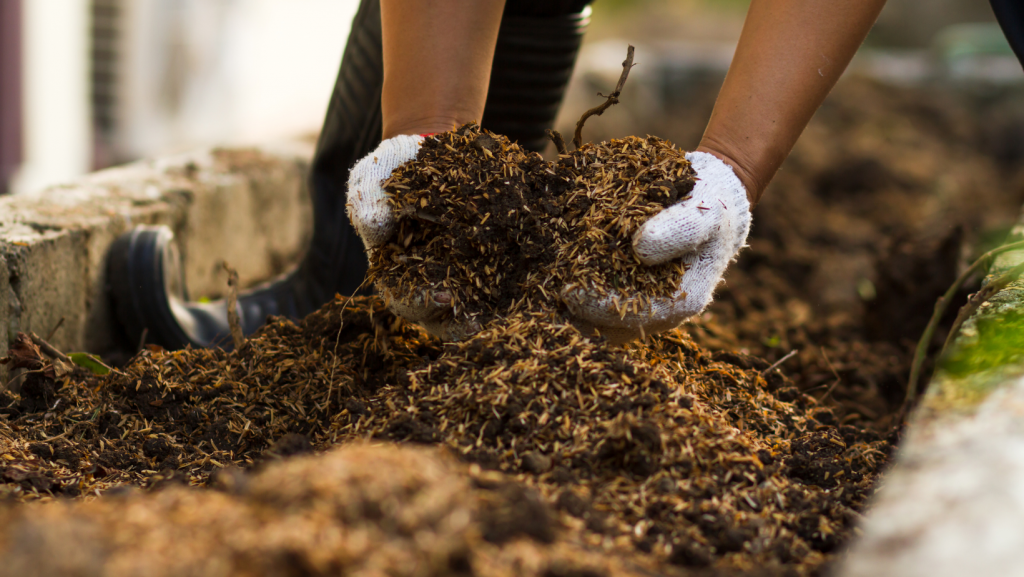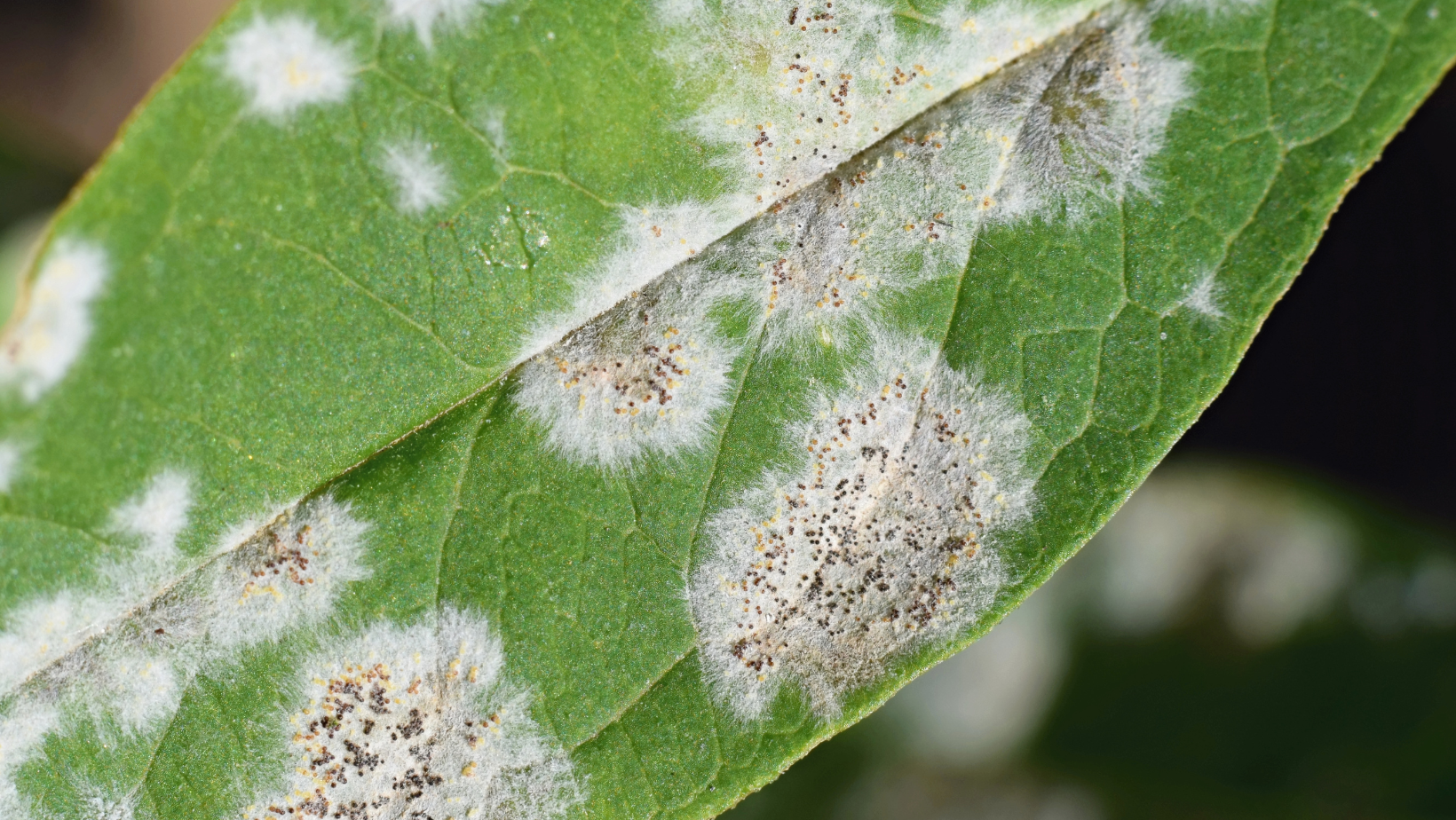Soil is the foundation of any healthy garden or landscape. Understanding the types of soil and their qualities can help you better manage your garden’s needs, improve plant growth, and maximize productivity. Additionally, incorporating organic matter is one of the most effective ways to improve soil health, regardless of soil type.
In this guide, we’ll explore the different types of soil, their characteristics, and the advantages of adding organic matter to enhance soil quality.
Types of Soil and Their Characteristics
1. Sandy Soil
Characteristics:
- Large particles create loose, well-draining conditions.
- Warms up quickly in spring, suitable for early planting.
- Dries out rapidly and struggles to retain nutrients.
- Feels gritty and does not hold water well, making it difficult to keep plants hydrated.
Common Issues:
- Poor water retention leads to quick drying, especially in hot weather.
- Nutrient leaching occurs as water quickly moves through the soil, carrying nutrients away from plant roots.

2. Clay Soil
Characteristics:
- Tiny, compact particles retain moisture well but have poor drainage.
- Heavy and slow to warm up in spring; becomes hard and compacted when dry.
- Feels sticky when wet and is dense, leading to waterlogging and root suffocation.
Common Issues:
- Poor aeration and drainage can result in root rot and stunted growth.
- Compacted soil makes it hard for roots to penetrate, reducing plant health and vigor.
3. Silt Soil
Characteristics:
- Fine particles retain water better than sandy soil and drain more effectively than clay.
- Smooth, silky texture; fertile and easy to work with.
- Balances water retention and drainage, supporting plant growth.
Common Issues:
- Compaction reduces water infiltration and air circulation.
- Prone to erosion by wind and water, especially on slopes.

4. Loamy Soil
Characteristics:
- A balanced mixture of sand, silt, and clay for good drainage, moisture retention, and fertility.
- Excellent structure and easy to cultivate.
- Feels soft and crumbly, holding moisture well while providing adequate drainage and air circulation.
Common Issues:
- Requires regular maintenance, including organic matter additions, to preserve structure.
5. Peaty Soil
Characteristics:
- Rich in organic matter (decayed plant material), dark, and spongy.
- Holds moisture well and is naturally acidic, ideal for acid-loving plants like blueberries.
- Less common but improves fertility when mixed with other soil types.
Common Issues:
- High acidity may not suit certain plants; pH adjustments may be necessary.
6. Chalky Soil
Characteristics:
- Alkaline with high pH, often containing calcium carbonate or lime.
- Stony and drains quickly, potentially causing nutrient deficiencies in plants like iron and magnesium.
- Feels dry and challenging to work with for acid-preferring plants.
Common Issues:
- Alkalinity limits nutrient availability, causing yellowing leaves and poor growth.
Benefits of Adding Organic Matter to Soil
Regardless of your soil type, adding organic matter provides numerous benefits that improve soil structure, fertility, and overall plant health. Organic matter can be added as compost, well-rotted manure, leaf mold, or green manure (cover crops).

1. Improved Soil Structure
- Sandy soil: Helps retain moisture and nutrients.
- Clay soil: Loosens dense particles, improving drainage and aeration.
- Creates a crumbly, friable texture for healthier root growth.
2. Enhanced Water Retention and Drainage
- Organic matter balances water retention and drainage across soil types.
3. Increased Nutrient Availability
- Rich in essential nutrients (nitrogen, phosphorus, potassium) and trace minerals.
- Supports microbial activity that breaks down materials into plant-usable forms.
4. pH Buffering
- Buffers soil pH, preventing extreme acidity or alkalinity.
- Stabilizes the environment, allowing better nutrient absorption.
5. Promotion of Beneficial Microorganisms
- Stimulates activity of bacteria, fungi, and earthworms.
- Improves nutrient release, soil structure, and resistance to pests and diseases.
6. Long-Term Soil Health
- Builds soil fertility, water-holding capacity, and erosion resilience over time.
- Ensures sustainable productivity compared to quick-acting fertilizers.
Conclusion
Understanding your soil type is the first step to creating a healthy, productive garden. Whether sandy, clay, or loamy, adding organic matter improves soil structure, fertility, and moisture retention. Regularly incorporating compost, manure, or other organic materials boosts plant growth and contributes to long-term soil health.




